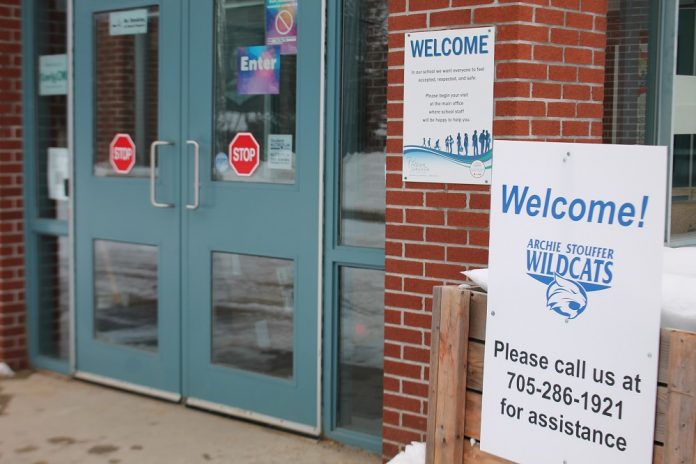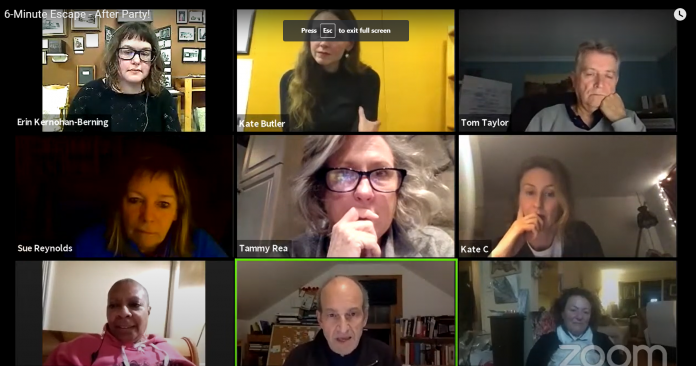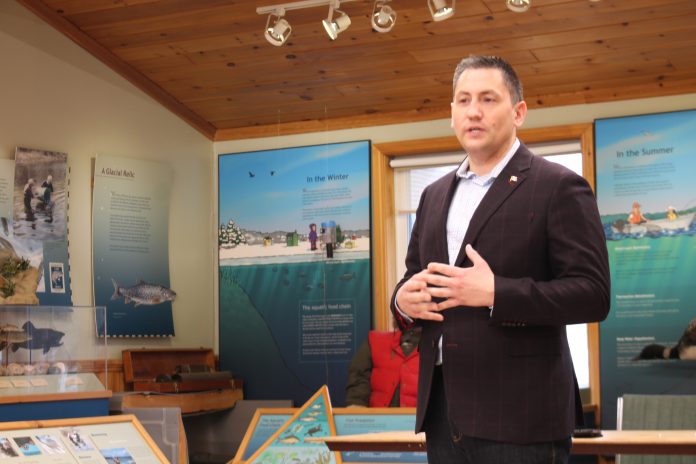In late 2015, a public health nurse told Dysart et al councillors there was a serious drug problem in the County.
She told them people who use drugs were shooting up in and around Head Lake Park and disposing of their needles in garbage bins, putting municipal staff and the general public at risk.
Shortly after her delegation, two drug needle boxes were installed in Haliburton village, so those using fentanyl, heroin and cocaine intravenously had a place to properly get rid of contaminated needles.
Our County also learned in 2016 that we had the second highest use of doctorprescribed opioids in the province.
In response, the local health unit and several other agencies joined forces as The Haliburton, Kawartha Lakes, Northumberland Drug Strategy, to develop a way to combat the misuse of opioids.
They operate on a four-pillar approach: harm reduction, prevention and education, treatment and justice and enforcement.
Has the drug strategy been successful?
The Ontario Addiction Treatment Centre on Highland Street in Haliburton has more than 50 patients being treated for opioid addictions with substitution drugs such as methadone and suboxone. There’s a needle exchange program and the drug needle boxes. Police can now administer naloxone for overdoses.
The new Youth Wellness Hub hopes to encourage young people to steer clear of drugs.
There are treatment options, although we are told there is never enough money or staff and we are hampered because we are rural and remote and people face long waiting lists for local and out-of-town treatment options.
From what we have found out, the local OPP are doing a good job of cracking down on an increasingly sophisticated drug trade but the courts are slow to prosecute with COVID-19 adding to already existing backlogs.
In other words, there have been some gains but there is more work to be done.
Also worrying is a more organized and sophisticated illicit drug ring that is operating between the GTA and Haliburton County involving not just drugs but property crime.
Some will say there has always been drug use in Haliburton County and we are no different than other counties our size across the province and country. That might be true but is simply not good enough. We should expect more of ourselves.
Drug usage is a complex and deep-seated problem. As a community, we have to move beyond judgement of users. We have to ask ourselves why this is happening, and seemingly, increasing. Rather than building a multi-milliondollar treatment centre, as one local family doctor suggests, perhaps we need a community where people can have decent paying jobs, affordable housing, and public transportation to help break cycles of isolation, poverty, despondency and addiction.
But, at the same time, how do we convince a well-off professional in the community who has used cocaine for years to stop?
It’s not a pretty issue. We wouldn’t want a drug problem to get in the way of promoting Haliburton County as both a tourist destination or a place to move during a global pandemic or as an alternative to the GTA.
However, if it takes a village to raise a child, it certainly takes a community to tackle a drug problem. The first step, as always, is admitting that we have a problem.
The Highlander has been looking into the drug problem in the County over the past year and today launches a Highlander Investigates series on the front page.









